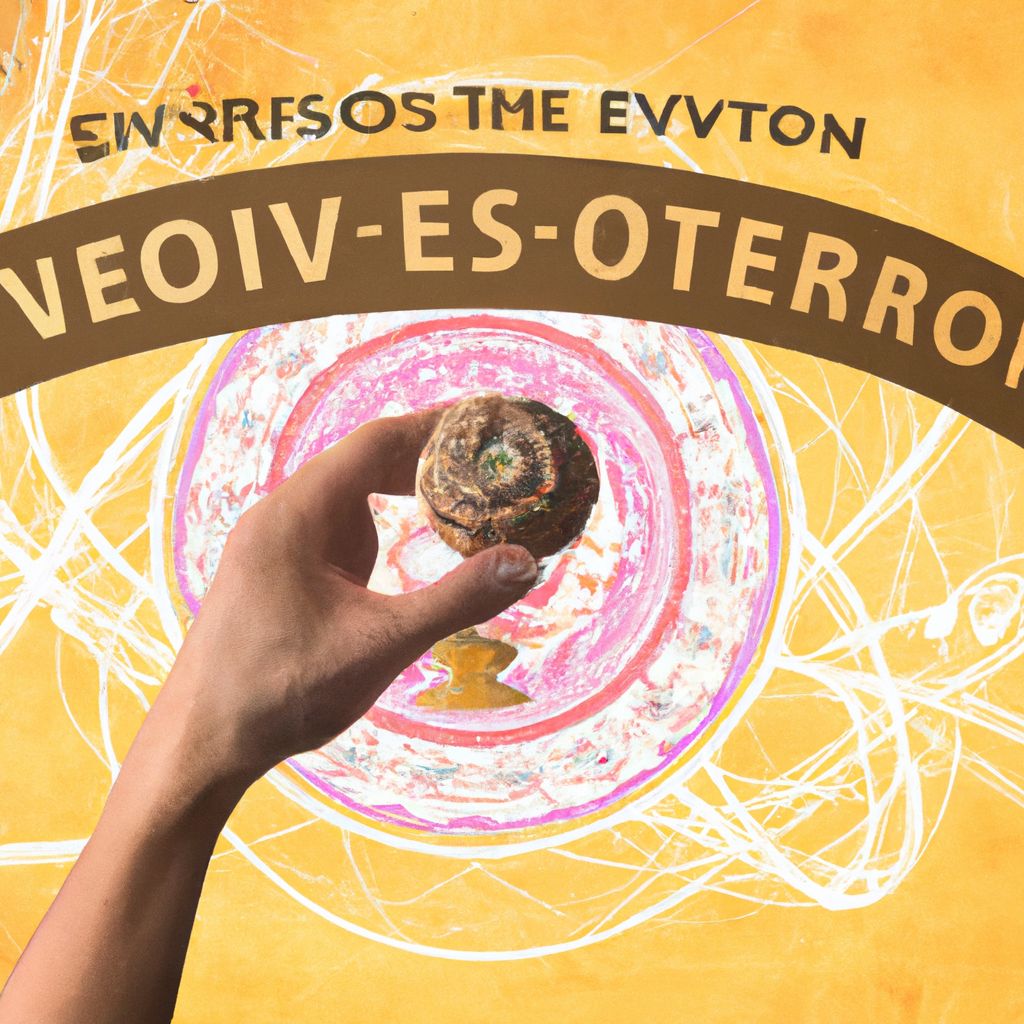- Introduction to Yoyoing
- The History of the Yo-Yo
- Types of Yo-Yos
- Basic Yo-Yo Techniques
- Maintaining Your Yo-Yo
- Intermediate Yo-Yo Tricks
- Advanced Yo-Yo Techniques and Combos
- Yo-Yo Competitions and Community
- Practicing Safely and Responsibly
- Resources for Yo-Yo Enthusiasts
Introduction to Yoyoing

Yoyoing is a dynamic and captivating activity that encompasses both the simplicity of a child's plaything and the complexity of a competitive sport. At its core, yoyoing involves manipulating a spooled string to control the movements of a yoyo, a dual-disc object that can spin, sleep, and be launched through a variety of maneuvers. The appeal of yoyoing lies in its duality; it is accessible enough for beginners to enjoy, yet it holds deep layers of technique and style for enthusiasts to explore.
In the realm of competitive yoyoing, practitioners—known as "throwers"—showcase their skills in contests that judge them based on precision, creativity, and difficulty of their routines. As a hobby, it is a form of artistic expression and a tool for improving hand-eye coordination, concentration, and motor skills.
This guide aims to provide a comprehensive exploration of yoyoing. Readers will embark on a journey through its rich history, understand the basics of how to yoyo, and delve into advanced techniques that challenge even the most seasoned professionals. Whether you are a curious beginner or an experienced yoyoer, this guide will offer valuable insights into the captivating world of yoyoing.
The History of the Yo-Yo
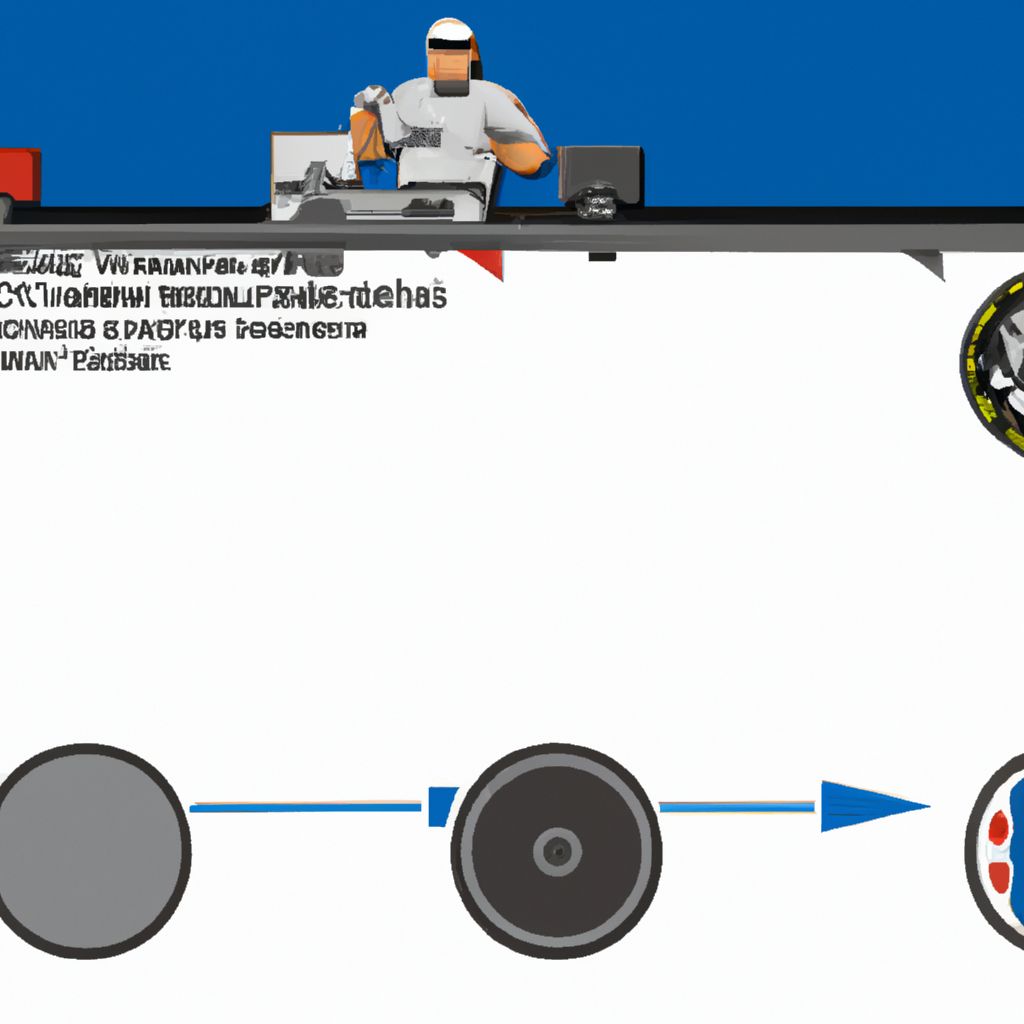
The yo-yo, a toy with a history that spans centuries and continents, is believed to have originated in China around 1000 B.C. However, its journey through time has seen it adopted and adapted by various cultures. The Greeks had their own version of the yo-yo as early as 500 B.C., where it was made from wood, metal, or painted terra cotta discs and often given as a rite of passage gift to children becoming adults.
The yo-yo saw a resurgence in popularity in the Philippines during the 16th century, where it was used as a hunting tool. The word 'yo-yo' itself is thought to derive from the Ilocano language, a language spoken in the Philippines. It wasn't until the 18th century that the yo-yo made its way to Europe, where it became a novelty among the nobility, initially known as a 'bandalore' in England or 'l'emigrette' in France.
However, the yo-yo as we know it today began to take shape in the 1920s, when Pedro Flores, a Filipino immigrant to the United States, began manufacturing the first yo-yos in Santa Barbara, California. The yo-yo's design was revolutionized when Flores introduced the "looped slip-string," allowing the yo-yo to "sleep" at the end of the string. This innovation paved the way for the advanced tricks that are a hallmark of modern yo-yoing.
In 1932, entrepreneur Donald F. Duncan recognized the potential of the yo-yo and purchased the Flores Yo-Yo Corporation, and subsequently trademarked the name "yo-yo." Duncan's marketing strategies, such as yo-yo contests to stimulate sales, played a crucial role in popularizing the yo-yo. Over time, the yo-yo has evolved with advancements in technology and materials, transitioning from simple wooden models to the high-precision, ball-bearing designs made from aluminum and other composites that are used by professionals today.
The modern era of yo-yoing has seen the formation of organizations such as the World Yo-Yo Contest, which brings together the global yo-yo community. These events not only showcase the skillful artistry of competitors but also the yo-yo's evolution into a modern sport that demands a high level of dedication and innovation from its participants.
Throughout its history, the yo-yo has demonstrated an extraordinary ability to transcend cultural and generational boundaries. Its journey from ancient plaything to competitive sport is a testament to the enduring appeal and versatility of this humble toy.
Types of Yo-Yos
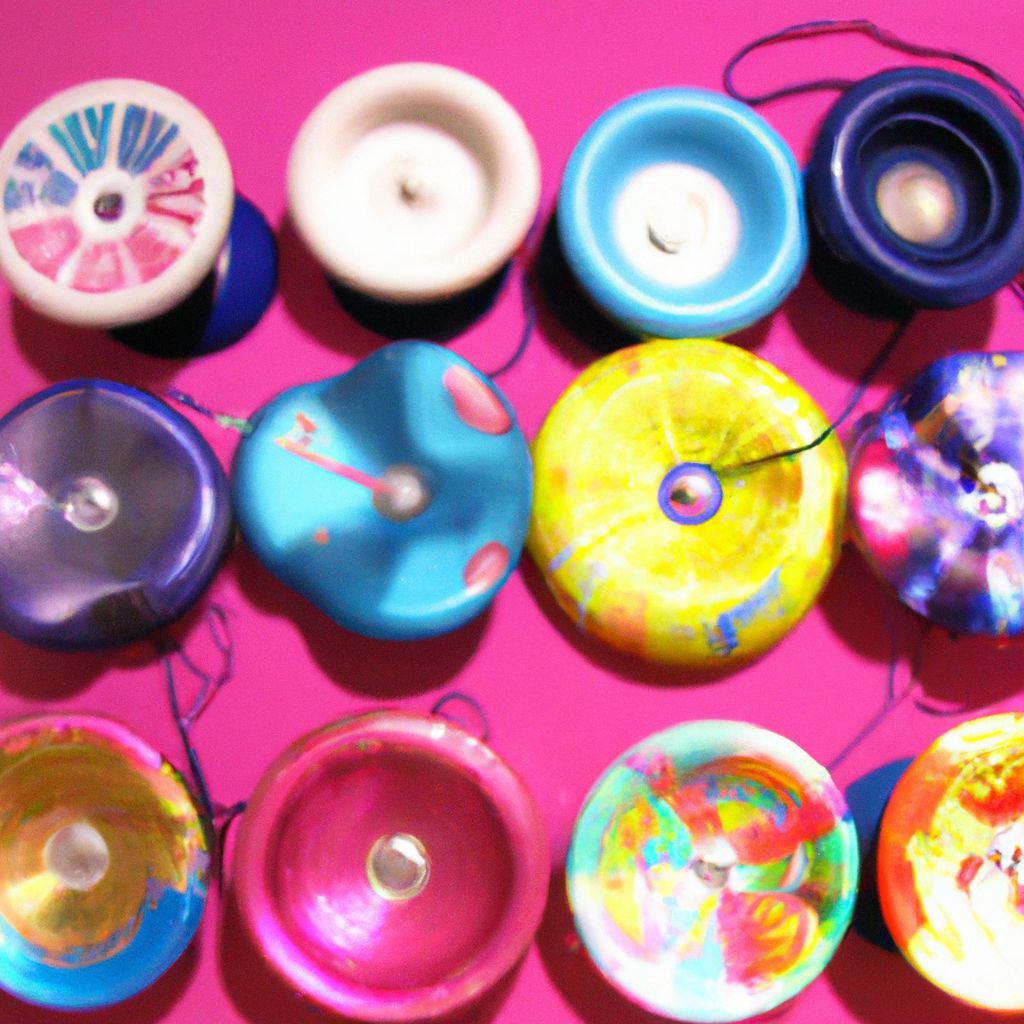
Today's market offers an array of yo-yo types, each designed with specific features that cater to different skill levels and styles of play. The primary distinction among yo-yos is between 'responsive' and 'unresponsive' models, a difference that greatly influences the play experience.
Responsive Yo-Yos: These are often recommended for beginners. Responsive yo-yos are designed to return to the player's hand with a simple tug of the string. This automatic return mechanism is enabled by a tighter configuration of the yo-yo's internal components, such as the bearing or response system. Responsive yo-yos allow newcomers to easily learn the basics without complex bind techniques required to bring the yo-yo back to the hand.
Unresponsive Yo-Yos: Unresponsive yo-yos do not return to the hand with a mere tug of the string. Instead, they require a special maneuver called a 'bind' to be performed, which forces the yo-yo to catch the string and return. These yo-yos are suited for intermediate to advanced players who are comfortable with executing more intricate tricks and combinations. The unresponsive design provides greater stability and spin times, which are essential for complex tricks and routines.
Beyond the responsive and unresponsive dichotomy, yo-yos can be further categorized based on their shape, size, and material:
- Classic Shape:
- Often associated with traditional yo-yos, this shape is characterized by a simple, rounded design. It's well-suited for basic play and is typically more comfortable to hold, making it ideal for beginners.
- Modified Shape:
- This design includes a flared gap and rounded edges, offering a balance between looping and string tricks. It's versatile for those progressing from basic to intermediate levels.
- Butterfly Shape:
- With its wider profile, the butterfly shape is designed to facilitate string tricks. The wider gap makes it easier to catch the yo-yo on the string, which is why it's preferred by intermediate and advanced players.
- Material:
- Yo-yos can be made from plastic, wood, metal, or a combination thereof. Plastic yo-yos are affordable and lightweight, whereas metal yo-yos are more durable, stable, and preferred by professionals for their precision and weight distribution.
Understanding the nuances of each yo-yo type is crucial for players to select the appropriate yo-yo that aligns with their skill level and the style of play they wish to pursue. As players advance, they often transition from responsive to unresponsive yo-yos and may choose a model based on the specific tricks or techniques they want to master.
Basic Yo-Yo Techniques
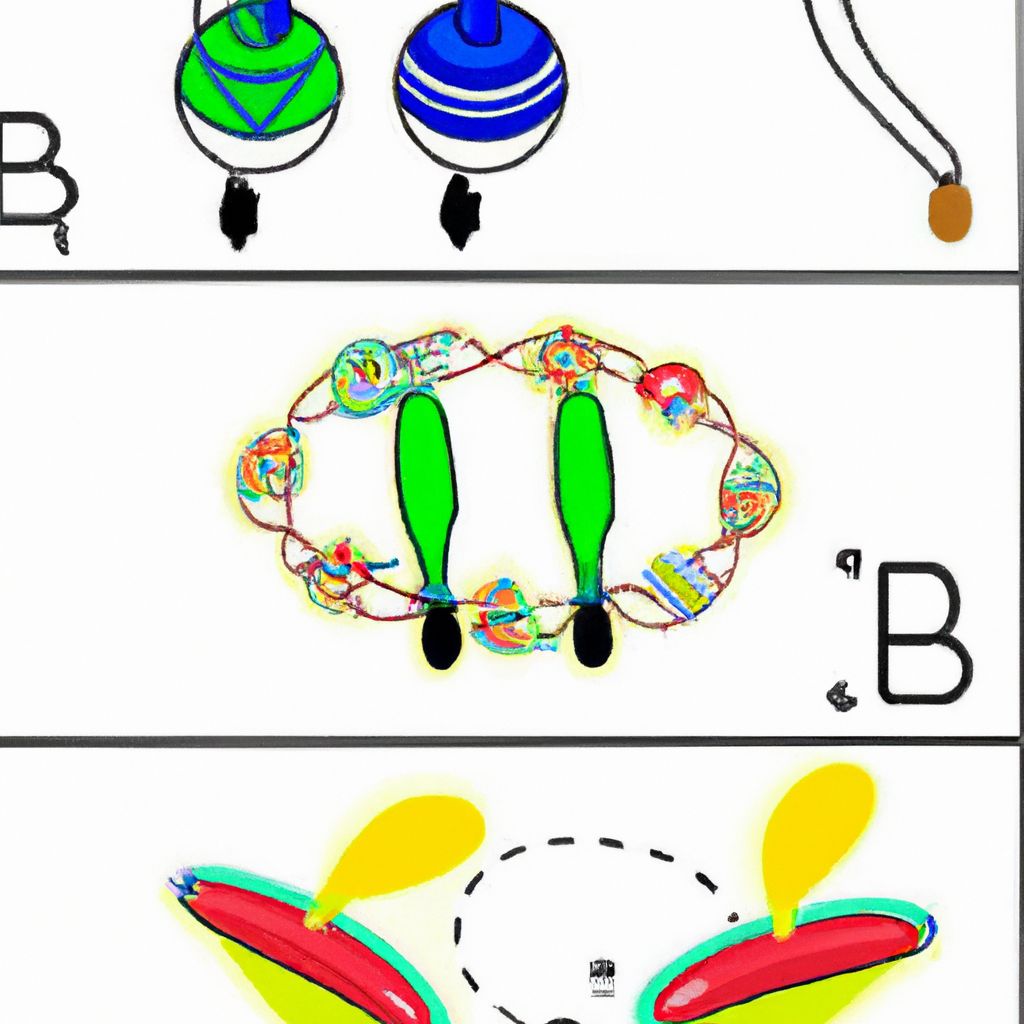
Mastering the art of yoyoing begins with a solid foundation in basic techniques. These fundamental skills are the building blocks for all future tricks and routines.
- The Basic Throw:
The first step in yoyoing is learning the basic throw. For a right-handed player, the yo-yo should be held in the palm with the string coming off the yo-yo over the top and towards you. The motion involves a flick of the wrist and a downward throw, releasing the yo-yo towards the ground. The key is to maintain a straight throw to ensure the yo-yo returns smoothly. Practice until the yo-yo sleeps at the end of the string consistently.
- The Sleeper:
Once the basic throw has been mastered, the next step is the sleeper. This technique is where the yo-yo spins at the end of the string without returning to the hand immediately. The sleeper is fundamental for many other tricks. The goal is to achieve a strong, stable spin. A common mistake is not throwing hard enough or having an uneven throw, which can cause the yo-yo to tilt and lose spin time.
- Walk the Dog:
This is a classic trick where the yo-yo, while spinning, is allowed to touch the ground and roll forward before being lifted back into the hand. To perform Walk the Dog, you must first throw a strong sleeper. Then gently lower the yo-yo to the ground, allowing it to 'walk' along the floor. It's important to keep the string taut to maintain control.
- Around the World:
For Around the World, the player throws a strong sleeper and then swings the yo-yo in a circular motion around them, keeping the string fully extended. The yo-yo should make a full 360-degree revolution before returning to the hand. A common error is releasing or pulling the yo-yo at the wrong time, which can lead to an erratic path or the yo-yo not returning properly.
When practicing these techniques, it's important to focus on form and consistency. Ensure that your throws are straight, work on getting a feel for the yo-yo's response to your movements, and maintain a steady rhythm. Beginners should avoid practicing on hard surfaces to prevent damage to the yo-yo. It's also crucial to make sure the string is the correct length—usually it should reach from the floor to your belly button when standing up—and that it's not twisted or knotted, as this can affect the yo-yo's spin and response.
Remember, patience and persistent practice are key to mastering these basic yo-yo techniques. Even the simplest tricks can take time to perfect, so don't be discouraged by initial challenges. With each attempt, you'll gain better control and understanding, paving the way for more advanced yo-yoing skills.
Maintaining Your Yo-Yo
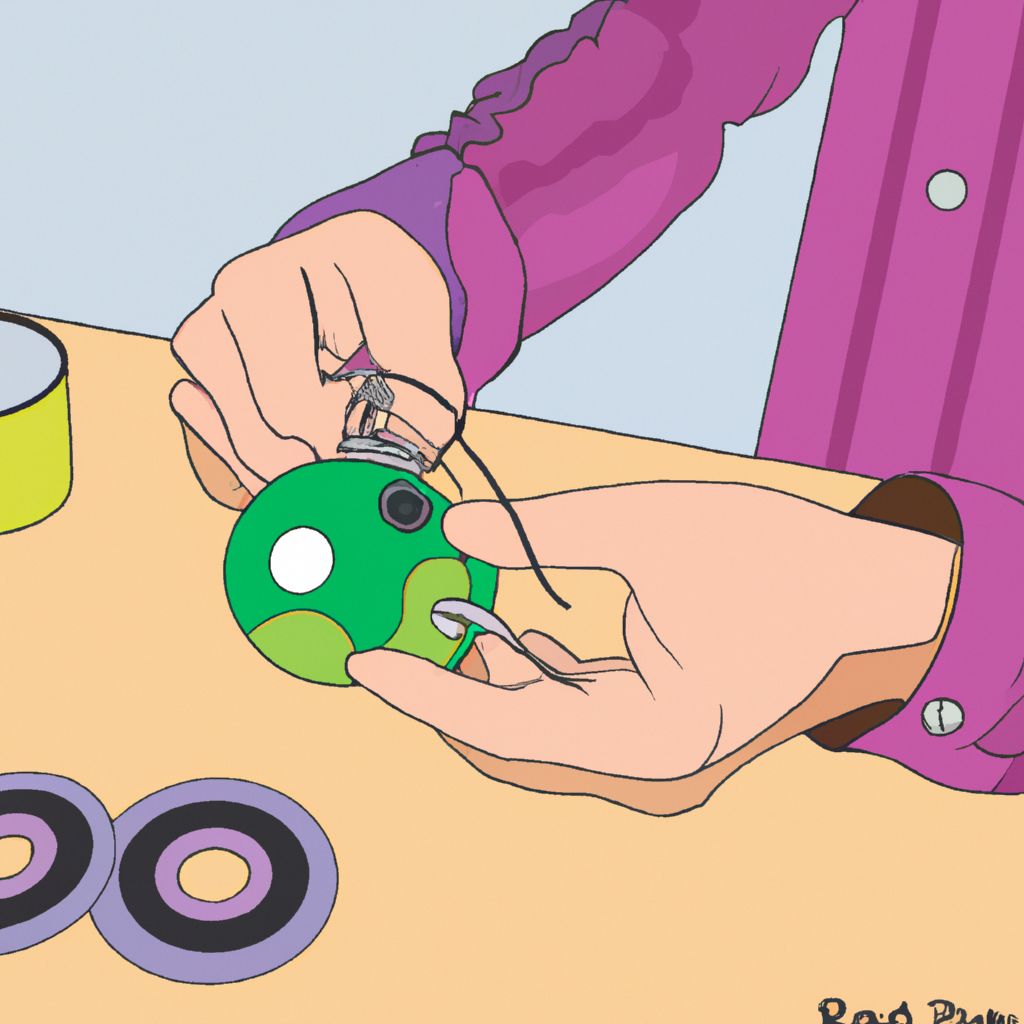
Maintaining your yo-yo is crucial for ensuring optimal performance and longevity of the toy. Proper care involves regular string replacement, cleaning, and lubricating the bearing. These maintenance steps prevent wear and tear and keep your yo-yo spinning smoothly.
- String Replacement:
Over time, yo-yo strings wear out, become dirty, or lose tension, which can affect play. It's recommended to replace the string regularly, depending on usage frequency. To replace the string, first, remove the old string by unwinding it from the axle. Then, take a new string and untwist the loop at the end to create a "yarn" like opening. Slip this opening around the yo-yo's axle, allow the string to twist back on itself, and then wind the string tightly.
- Cleaning the Bearing:
A dirty bearing can cause your yo-yo to perform poorly. To clean it, first remove the bearing from the yo-yo. This is typically done by unscrewing the halves of the yo-yo. Place the bearing in a small container filled with a cleaning solution such as rubbing alcohol or lighter fluid for a few minutes. After soaking, remove the bearing and blow out any excess liquid with compressed air or let it dry completely. Be sure to remove any shields on the bearing before cleaning to ensure thorough decontamination.
- Lubricating the Bearing:
After cleaning, apply a small drop of thin yo-yo lubricant to the bearing. This reduces friction, allowing for a smoother spin and longer life. Be careful not to over-lubricate, as this can attract dirt and actually slow down your yo-yo. If you are using a responsive yo-yo, you can use a thicker lube to maintain the responsiveness. For unresponsive yo-yos, a thinner lube is preferred to maintain a good sleep time.
In addition to these steps, it's also important to regularly inspect your yo-yo for any cracks, dents, or other damage, especially if you've dropped it. Check the response system—whether it's a silicone pad or rubber o-ring—to ensure it's in good condition and replace it if it's worn out. Keeping the response system in good shape is vital for maintaining the yo-yo's ability to return to your hand.
By following these maintenance steps, you can keep your yo-yo in top condition, ensuring that each throw is as precise and stable as the last. Remember to handle your yo-yo with care, and store it in a safe place when not in use to avoid accidental damage.
Intermediate Yo-Yo Tricks
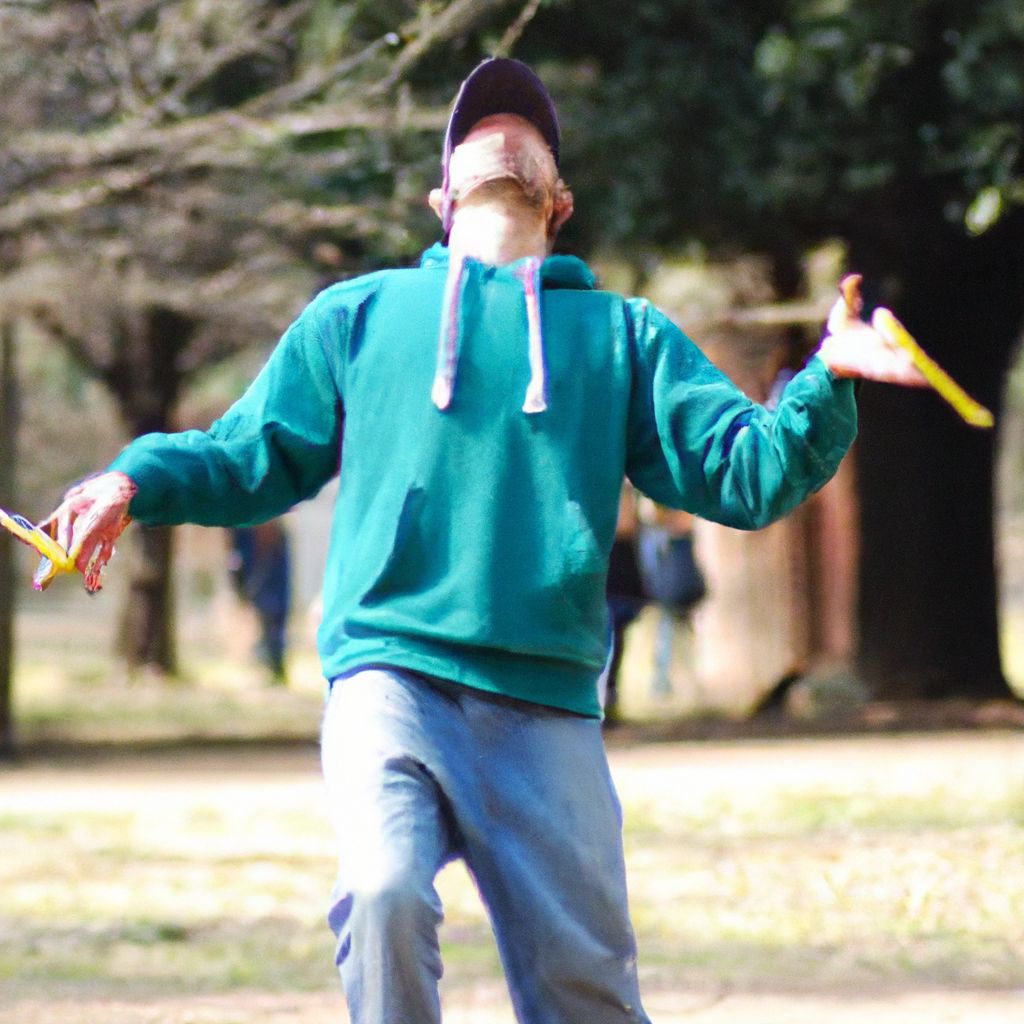
As yo-yo players move beyond the basics, a progression of intermediate tricks awaits that build on foundational skills. These tricks involve more precise string hits and hand movements, challenging players to refine their control and timing.
- Trapeze:
The trapeze is a fundamental string trick where the yo-yo lands on the string held between the throw hand and non-throw hand. To execute a trapeze, throw a strong breakaway (sideways throw), and then position your non-throw hand's index finger into the path of the string. The yo-yo should swing over the non-throw hand and land on the string, forming a 'trapeze.' Make sure the string is taut and your hands are aligned to ensure the yo-yo lands properly. Mastering the trapeze is essential as it's the starting point for many complex string tricks.
- Split the Atom:
Building off the trapeze, Split the Atom starts with a trapeze mount. From there, the non-throw hand's finger is inserted into the loop of the string, and the yo-yo is then flipped into this new 'atom' formation. A series of movements that involve passing the yo-yo through the strings follows. The key to Split the Atom is maintaining string tension and using deliberate hand movements to navigate through the string formation.
- Double or Nothing:
Another progression from the trapeze, Double or Nothing requires the yo-yo to land on a string that has been looped around the non-throw hand twice. After a breakaway throw, guide the yo-yo first around the outside of your non-throw hand index finger, then around your throw hand index finger, and back around the non-throw hand index finger again to land on the string segment closest to you. Precise timing and the correct distance between hands are critical for landing the yo-yo on the string segment.
To master these intermediate tricks, focus on smooth and controlled throws. Each movement should be deliberate, and keep an eye on the yo-yo's alignment with the string at all times. Practice each step of the trick individually before attempting to execute the entire sequence. Additionally, work on transitioning between tricks by practicing the mounts and dismounts that connect them. Creating smooth transitions is often about finding the flow and rhythm between the tricks, which comes with repetition and muscle memory.
One common mistake is rushing through the tricks without fully understanding each movement, which can lead to sloppy execution. Take the time to break down each trick, understand the mechanics, and build up speed gradually. With patience and practice, these intermediate tricks will not only become muscle memory, but they will also serve as a gateway to even more advanced yo-yoing techniques.
Advanced Yo-Yo Techniques and Combos

Advanced yo-yo techniques and combinations represent the pinnacle of the sport, showcasing a player's precision, creativity, and personal flair. These maneuvers are often seen in the competitive scene, where players strive to push the boundaries of what can be achieved with a yo-yo.
Some popular advanced tricks include:
- Whips and Slacks: These tricks involve manipulating the slack of the yo-yo string to create whips that catch the yo-yo or intricate slack formations. Skills required include a precise control of string tension and a keen sense of timing to execute the whip or slack at the right moment.
- Grinds: In grind tricks, the yo-yo is balanced on a part of the player's body, such as the arm or finger, while it's spinning. This requires a player to have a solid understanding of the yo-yo's weight distribution and the ability to make subtle adjustments to keep the yo-yo in place.
- Offstring (4A): This category involves throwing the yo-yo into the air and performing tricks with it not attached to the string. Offstring play demands excellent hand-eye coordination and spatial awareness to catch the yo-yo and continue the routine.
- Freehand (5A): Freehand yo-yoing introduces a counterweight attached to the end of the string instead of being tied to a finger, allowing for a new range of motion and trick possibilities. Mastery of 5A requires fluidity in motion and the ability to control two separate objects simultaneously.
Developing a personal style is as important as mastering the techniques themselves. This can involve creating unique combinations, adding stylistic flourishes, or even inventing new tricks. Personal style is what sets competitors apart and can influence scoring in competitions.
When practicing advanced techniques and combos, players should focus on the following:
- Clean Execution: Smooth and precise movements are more impressive and score higher than rushed and sloppy tricks.
- Originality: Developing new tricks or unique variations on existing ones can earn a player recognition within the community.
- Flow: Combos should flow seamlessly from one trick to the next, with transitions that are as impressive as the tricks themselves.
- Consistency: Being able to perform difficult tricks consistently is key, especially in a competitive environment.
To refine advanced yo-yo skills, players should not only practice consistently but also watch and learn from others in the community. Observing the nuances in other players' styles can provide inspiration and new perspectives on trick construction. Additionally, recording oneself can be a valuable tool for identifying areas to improve upon and tracking progress over time.
Ultimately, the journey to mastering advanced yo-yo techniques and combos is a personal endeavor filled with challenges and triumphs. It requires dedication, a willingness to experiment, and an unwavering passion for the art of yo-yoing.
Yo-Yo Competitions and Community

The world of competitive yo-yoing is as vibrant and diverse as the tricks performed. Competitions provide a platform for enthusiasts to showcase their skills, connect with others who share their passion, and push the sport forward. Here's a glimpse into the competitive scene and how to immerse yourself in the yo-yo community.
Competitions are generally divided into different styles, each with its own set of rules and categories:
- 1A (Single Hand String Trick): This is the most popular style, involving a single yo-yo and a series of string tricks performed with one hand.
- 2A (Two-handed Looping Trick): Players use two looping yo-yos simultaneously, one in each hand, performing rhythmic and synchronized loops.
- 3A (Two-handed String Trick): Involves using two string-trick yo-yos at the same time, requiring ambidexterity and coordination.
- 4A (Offstring): The yo-yo is not attached to the string, allowing for toss and catch tricks.
- 5A (Freehand/Counterweight): A counterweight is attached to the end of the string, freeing it from the finger, and introducing a different dynamic to the tricks.
Competitions can vary from local meets and regional contests to national championships and the prestigious World Yo-Yo Contest, where the best from around the globe compete. These events often include divisions for different age groups and skill levels, making them accessible to a wide range of participants.
To get involved in the yo-yo community locally, start by checking for yo-yo clubs or meetups in your area. Local hobby shops that sell yo-yos might have information on gatherings or may even host events themselves. Attending these meetups can be a great way to learn new tricks, get advice on your technique, and make friends within the community.
The online yo-yo community is also thriving, with forums, social media groups, and YouTube channels dedicated to yo-yoing. Online platforms offer tutorials, reviews, trick compilations, and the chance to engage with other yo-yo players from around the world. Participating in online challenges, sharing your own videos, and providing feedback to others can help you become an active member of the global yo-yo community.
For those interested in competitive yo-yoing, online resources can also provide information on upcoming contests, competition rules, and registration details. Watching competition footage can give you an idea of what judges look for, the level of competition you'll face, and the latest trends in trick styles.
Whether you're a novice looking to learn your first trick or an experienced player aiming for a championship title, the yo-yo community is welcoming and supportive, encouraging everyone to improve and share their love for this unique sport.
Practicing Safely and Responsibly

Practicing yo-yoing safely and responsibly is paramount, particularly for younger enthusiasts who may be more prone to accidents. While yo-yoing is generally safe, the nature of the activity— which often involves rapid movements and flying objects—can pose certain risks. Here are some safety precautions to consider:
- Space Awareness:
Ensure that you have a clear, open space to practice in. Indoors, be mindful of breakable objects and other people. Outdoors, keep a safe distance from bystanders, traffic, and other potential hazards. This prevents accidents and allows for full concentration on your tricks.
- Yo-Yo Condition:
Regularly inspect your yo-yo for any cracks, dents, or defects that could cause it to break or malfunction during use. A damaged yo-yo can be unpredictable and potentially dangerous.
- String Integrity:
Check the yo-yo string often for fraying or knots. A worn string can snap unexpectedly, causing the yo-yo to fly off in an uncontrolled manner. It's advisable to replace the string frequently to maintain safety and performance.
- Personal Protection:
Especially for those practicing high-speed or looping tricks, consider wearing eye protection to prevent accidental injury. Additionally, remove any jewelry or loose clothing that could get tangled in the yo-yo string.
- Supervision:
Younger players should practice under the supervision of an adult, particularly when learning new tricks or using a new type of yo-yo. This ensures that help is at hand in case of an accident, and guidance is provided for safe practice.
- Learning Progression:
Start with basic tricks and gradually progress to more complex maneuvers. Attempting advanced tricks before mastering the basics can lead to loss of control and accidents.
- Breaks and Fatigue:
Take regular breaks during practice sessions to prevent overexertion. Fatigue can lead to a loss of concentration and control, increasing the risk of injury.
By following these safety guidelines, players can minimize risks and enjoy a secure environment for practicing yo-yo tricks. It's important to remember that like any physical activity, yo-yoing carries some inherent risk, but with careful attention to safety, this risk can be significantly reduced.
Resources for Yo-Yo Enthusiasts

For those eager to delve deeper into the world of yo-yoing, a wealth of resources is available to support your journey. Here's a compilation of valuable resources that can help yo-yo enthusiasts enhance their skills, connect with the community, and find the right equipment:
- Online Tutorials:
Platforms like YouTube offer countless tutorials for all skill levels. Renowned yo-yo players and manufacturers often have dedicated channels, such as YoYoExpertTutorials and YoTricks, providing step-by-step guidance on a wide array of tricks.
- Forums:
Online forums such as the YoYoExpert Forums and The Yo-Yo Museum provide spaces for yo-yo enthusiasts to discuss techniques, share experiences, and seek advice from the community.
- Local Clubs:
Many areas have local yo-yo clubs or meet-up groups where you can practice with others. Check community boards, hobby shops, or online listings for information on clubs in your area.
- Competitions and Events:
To find competitions or yo-yo events near you, visit the websites of organizations like the World Yo-Yo Contest or the National Yo-Yo League. These sites list dates and locations for local, national, and international contests.
- Recommended Brands:
For purchasing yo-yos and accessories, consider well-established brands such as Duncan, Yomega, YoYoFactory, and CLYW. These brands offer a range of products suitable for all levels, from beginners to professional competitors.
- Retailers:
Specialized yo-yo stores like YoYoExpert and YoYoSam carry a variety of yo-yos, strings, bearings, and other accessories. They also provide customer reviews and ratings to help you make informed decisions.
- Social Media:
Joining yo-yo-related groups on social media platforms such as Facebook, Instagram, and Reddit can keep you up-to-date with the latest trends and connect you with fellow yo-yo players around the world.
Utilizing these resources can significantly enhance your yo-yoing experience. They offer not only practical knowledge and support but also a sense of belonging in a community that shares a passion for this timeless skill toy.


